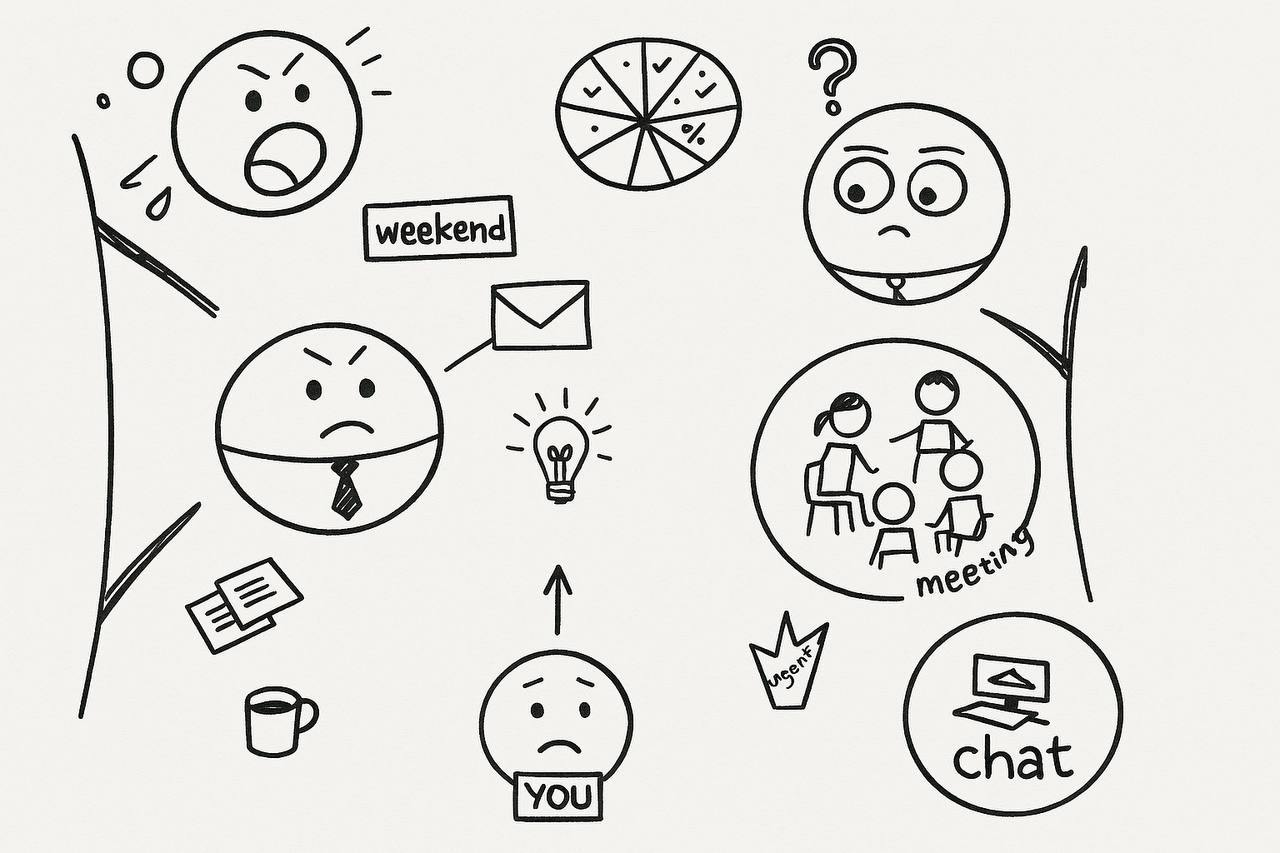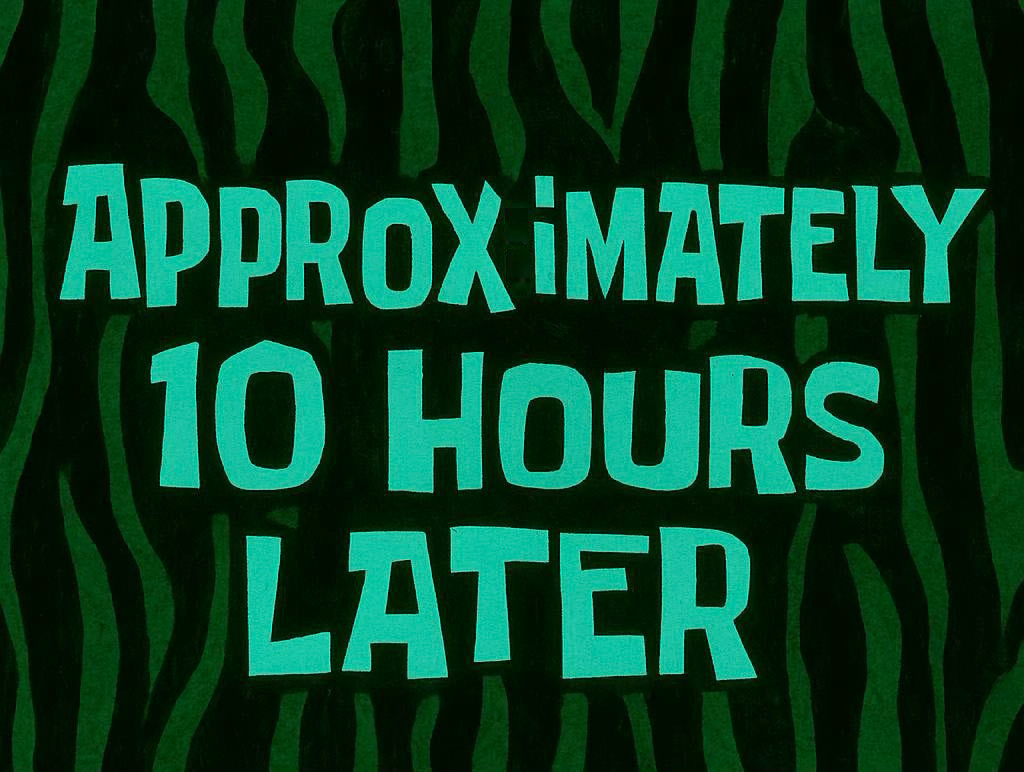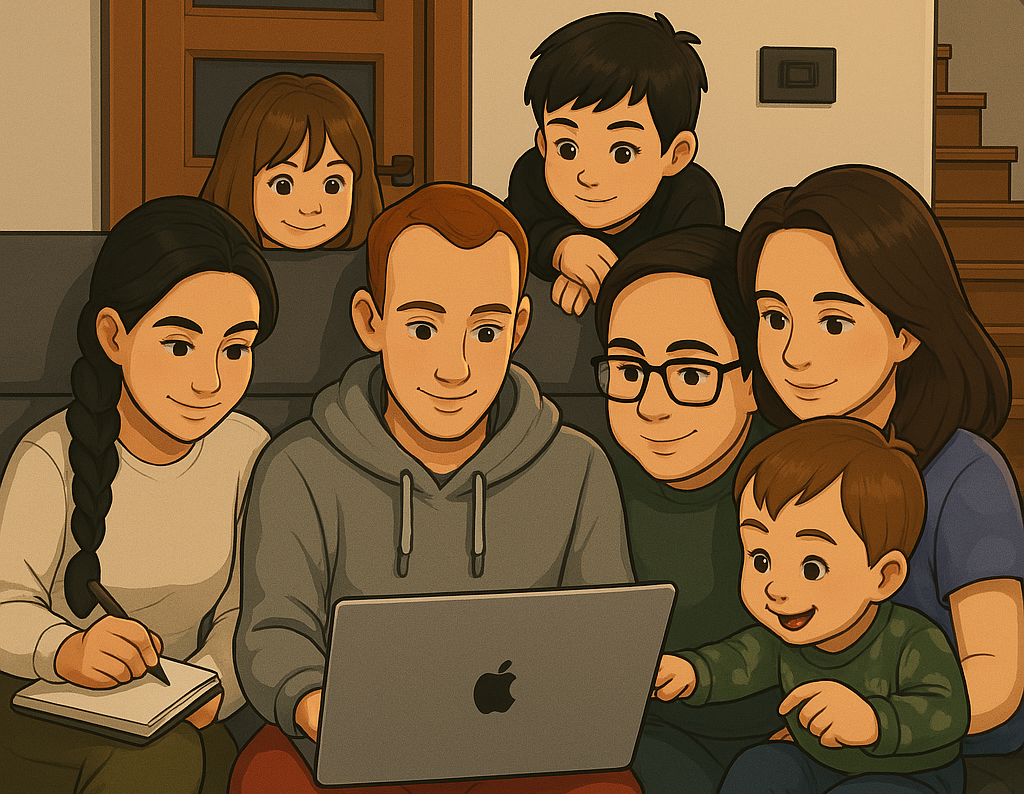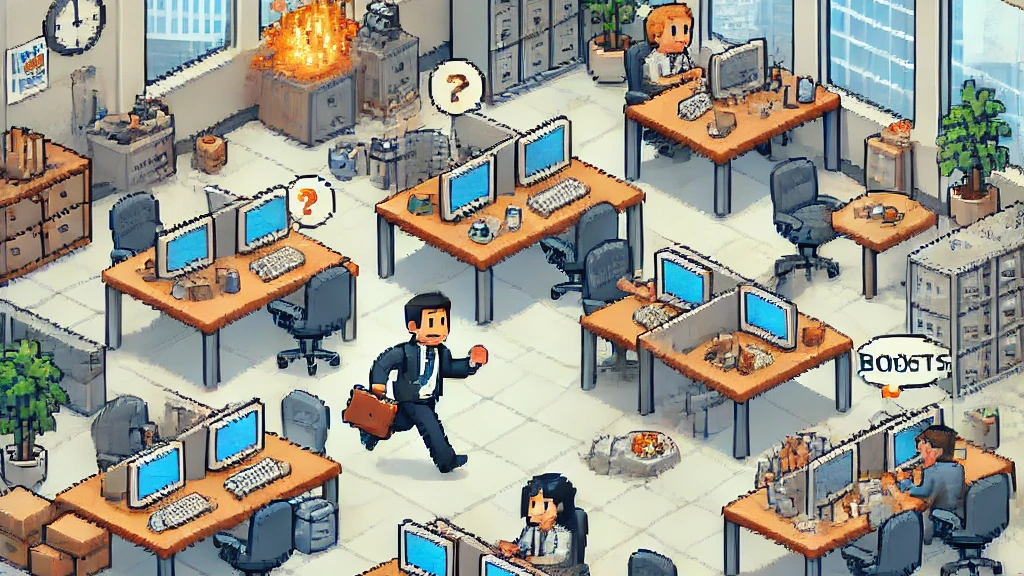This article was created by a group of enthusiasts sharing the same values and ideas: Alina Moroz, Andrei Ezerskii, Igor Alekseev and Lyudmila Ezerskaia
Idea Comes First
In today’s busy office life, many employees feel stuck in the same routine — endless meetings, never-ending emails, and promotions that seem to move further away the harder you chase them. This feeling is humorously captured in countless memes and social media jokes, highlighting the reality of modern work life.
What if we could hit pause on all that, even just for a little while? That’s exactly what we set out to do. Instead of just taking a break ourselves, we decided to make something that would let everyone escape — at least for a few minutes. And that’s how Corporate Escape was born!

The Tool: Why LLM?
Though we belong to the IT world, game development was uncharted territory for us. Sure, we had experimented with prototypes — our humble Snake game (but that’s a different story) — but we had never pushed the boundaries of building a real game from scratch.
So, we took a leap of faith. We asked ourselves: What if we used a cutting-edge tool, like a Large Language Model (LLM), to take on a bigger challenge? We wanted to see if an LLM could turn our idea into a fully functional game.
Prompting: The Art of Communicating with AI
Using an LLM for game development was exciting, but it required a new skill — effective prompting. The better our instructions were, the better was the output.
We quickly realized that creating the perfect prompt is not easy. It took trial and error to get the LLM to generate coherent and useful code, logic, and mechanics. But with each iteration, we moved closer to the gameplay experience we had envisioned.
Our initial request — “Generate a basic prototype for a 2D endless runner game using HTML5 Canvas” — produced something basic but lacking core mechanics. We quickly learned that more structure was needed, so we refined our prompts step by step.
Step 1: Defining the Core Concept
We started with a high-level game description:
Corporate Escape is an endless runner where the player controls a bouncing employee navigating a chaotic office. The game should be developed using JavaScript and HTML5 Canvas for broad accessibility.
Step 2: Game Display and Environment Setup
To ensure a solid foundation, we clarified key game setup details:
The game should be mobile compatible. The background should represent an office environment (cubicles, desks, etc.).
🔍 The LLM initially generated a basic game loop without defining camera behavior. By explicitly mentioning "top-down view" and "with fixed camera" we significantly improved the results.
Step 3: Implementing Player Movement
Next, we focused on making the player character responsive:
The employee character should be a small sprite. The player should move left and right using: Arrow keys (PC version) Touch controls (mobile version)
💡 Our first AI-generated code resulted in stiff movement. We refined our prompt by adding "movement should feel smooth and physics-based".
Step 4: Designing the Obstacle System
To add engaging challenges, we introduced the following corporate hazards as obstacles:
Obstacles - Colleagues with emails (📧), Meeting rooms (📊), Angry bosses (👨💼) - spawn randomly from above and move downward. Collision detection ensures that after 5 hits, the game ends.
📌 Initially, obstacles spawned too predictably. We improved the prompt by adding random intervals and varying speeds, making gameplay more dynamic.
Step 5: Adding Power-Ups & Scoring
To make the game more strategic, we introduced boosts:
Boosts: Coffee (☕)- eliminates meetings upon collection, Idea (💡) - explodes the boss the player encounters, Pizza (🍕) - removes a coworker’s email attack.
✨ The AI initially created a simple timer-based score system. We refined our prompt to track player interactions "to track progress, the score counts defeated corporate obstacles instead of measuring simple time survival".
Step 6: Game Over & Restart Logic
To improve replayability, we designed a clear Game Over experience:
If the player collides 5 times, display a burnout message (Game Over). Show a Restart button to reset the game.
🔄 The LLM originally generated instant restarts. We had to clarify that a separate Game Over screen should appear first.
First Prototype: From Concept to Reality
To our surprise, the first prototype wasn’t that bad. Sure, there were glitches — trees appearing in random places and black blocks seemingly floating out of nowhere — but we had a hero (the average employee trying to get to his promotion avoiding challenges) that could move around the screen and collect objects. It was a small victory, but a victory nonetheless. We were on the right path, and the idea that an LLM could generate a playable game was starting to feel less like a distant dream and more like a tangible reality.
The prototype was rough around the edges, but it served as a proof of concept, proof that with the right prompting, the LLM could create something functional. It was a small step, but it felt monumental — the game was visibly improving in real time.
Adjustments: Tweaking the Code for Perfection
With the first prototype in hand, we dove into the process of tweaking and adjusting. The random trees and black blocks were fun to laugh at, but we needed them to make sense within the game’s logic. Here, the true test of the LLM’s capabilities emerged. Could it adapt? Could it learn from the mistakes and improve the game based on feedback?
The answer was yes — and surprisingly quickly. We refined our prompts and adjusted the mechanics. The LLM’s ability to suggest optimizations and help debug was a game-changer in itself. Tasks that would have normally taken us days to figure out were resolved in hours, thanks to the LLM’s rapid iteration process.
Results: A Glimpse of the Future

The end result wasn’t an AAA game, but it was far from what we expected when we started. The game now had a clear objective, responsive controls, and — most importantly — a level of creativity that we couldn’t have achieved alone.
By using an LLM, we didn’t just build a game; we built a better understanding of how AI can revolutionize the future. What once seemed inaccessible now felt attainable.
Next Steps: How to Improve
What can be done next:
- Enhancing mobile responsiveness (scaling, UI adjustments)
- Customizing design and sprites
- Building an iOS version
- Introducing career ladder levels with increasing difficulty
- Debugging
Got ideas? Let us know how we can make Corporate Escape even better!
Wanna Play? 🎮
Corporate Escape:https://nedo-things.org/games/corporate-escape/

